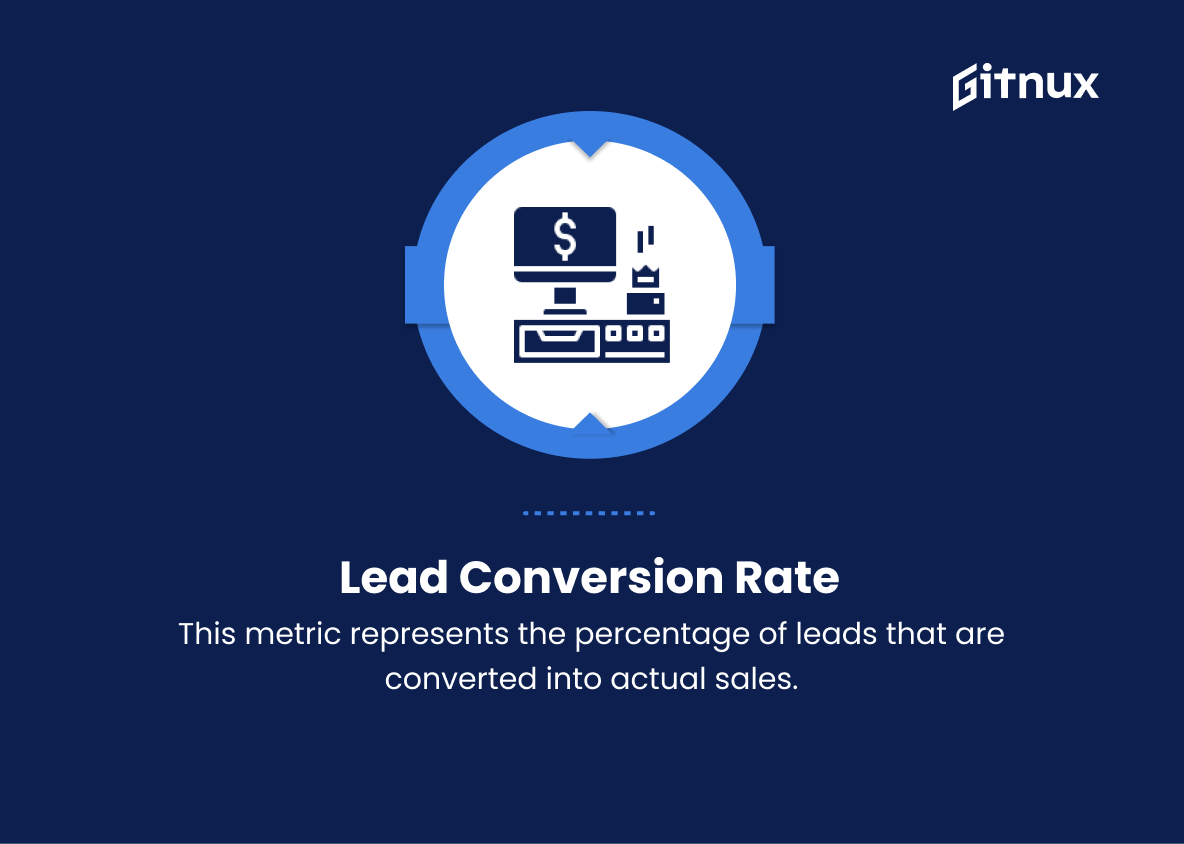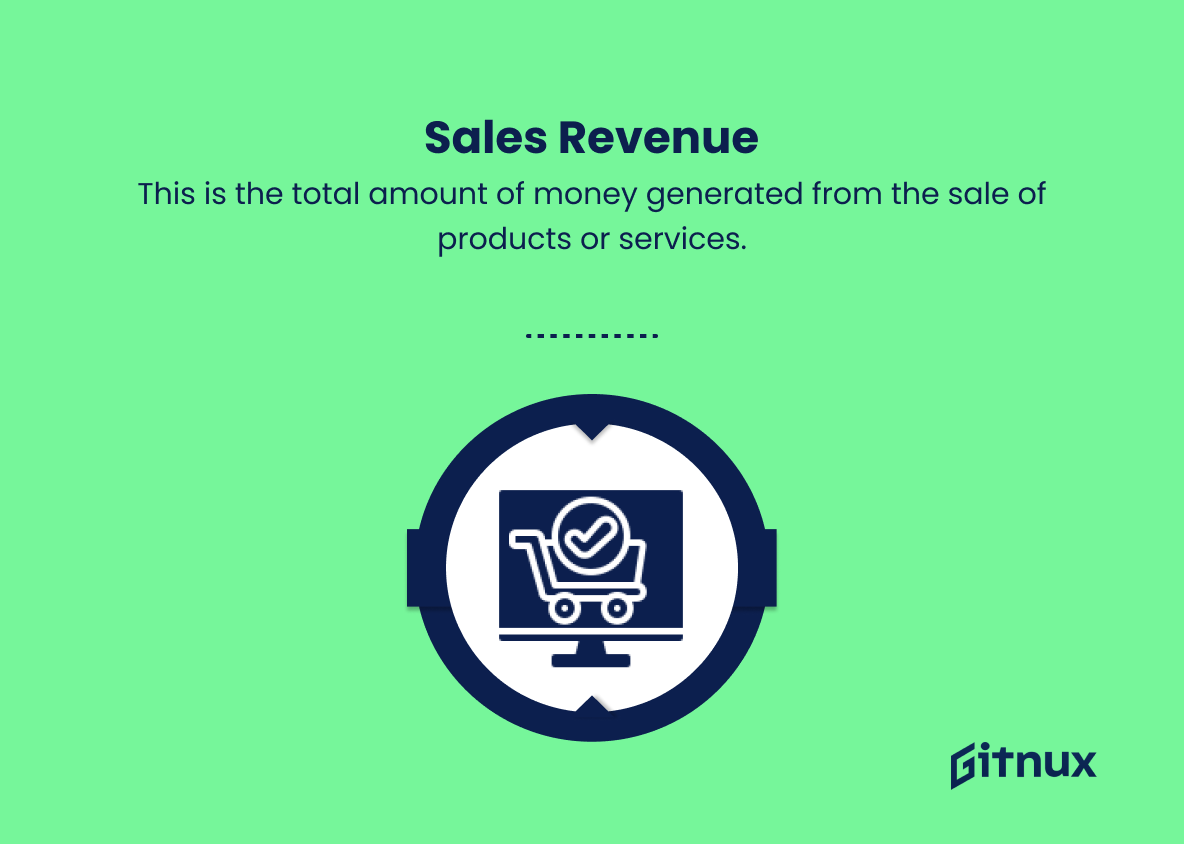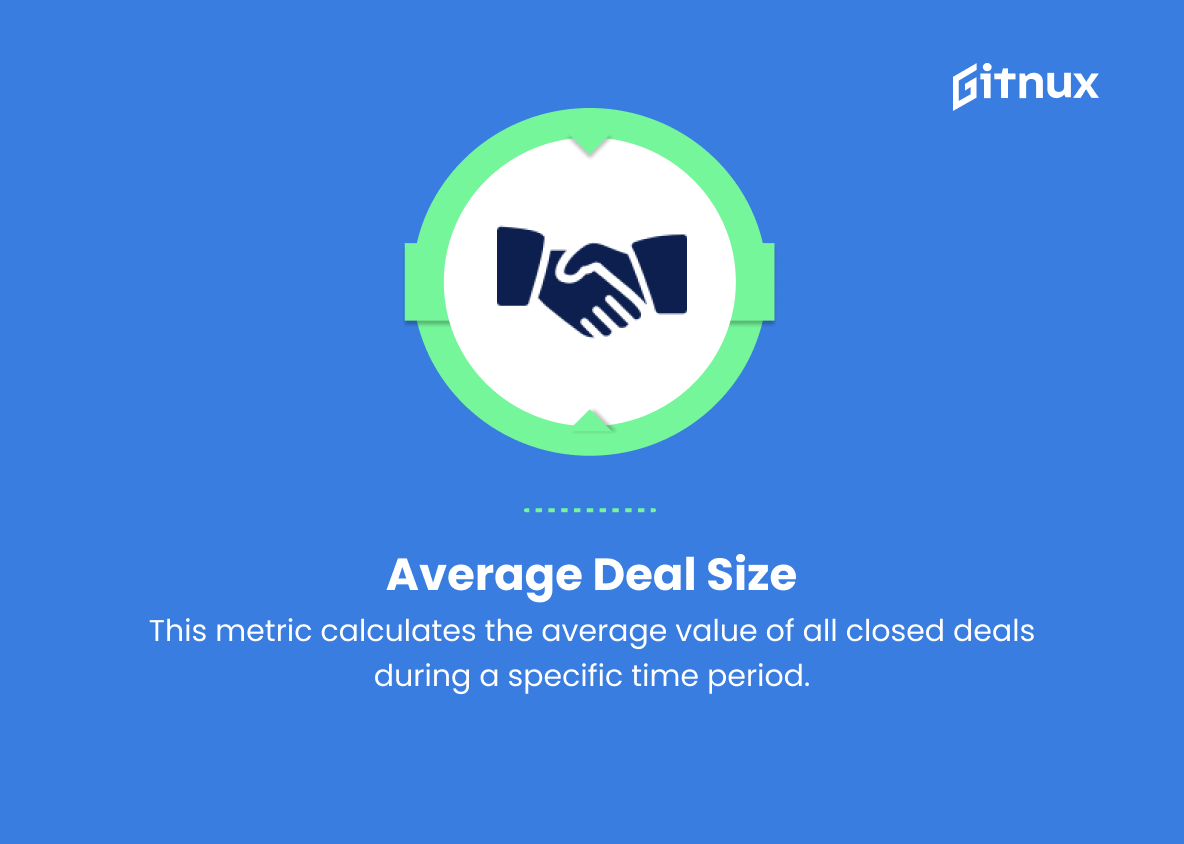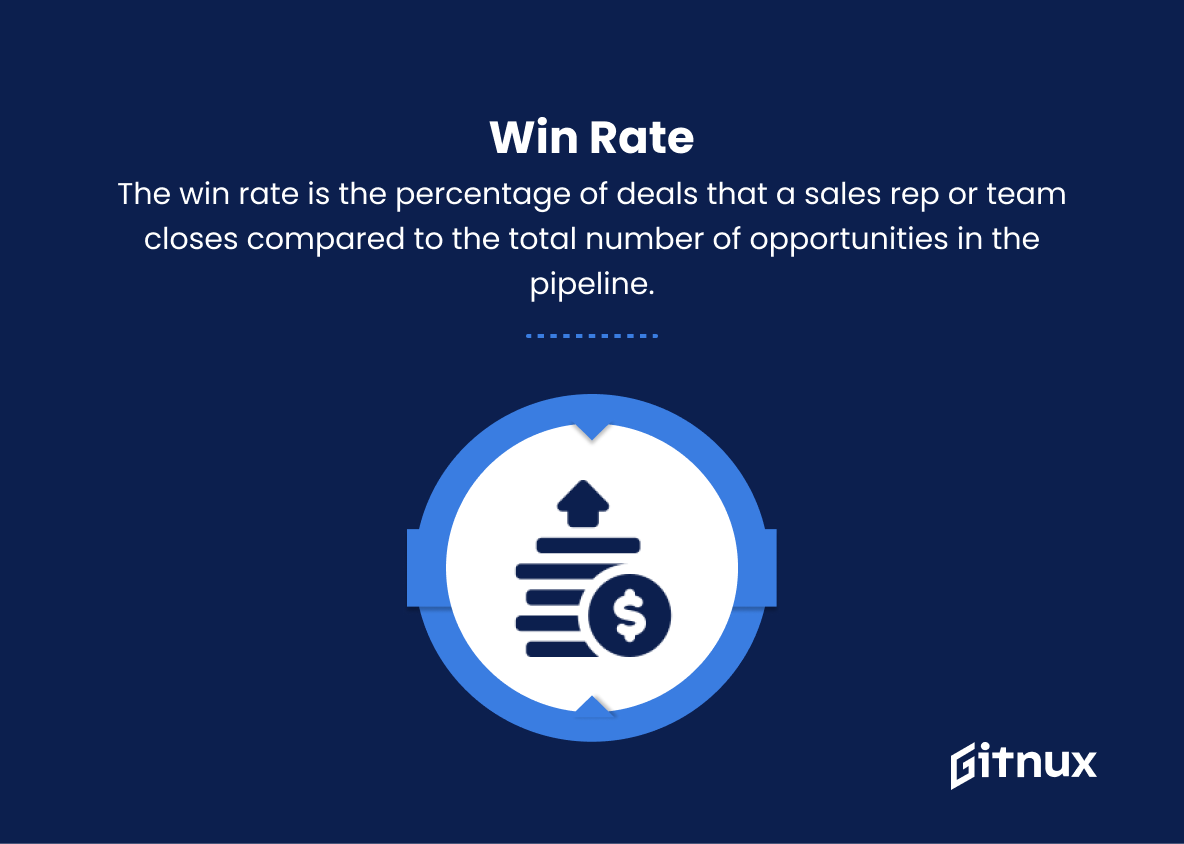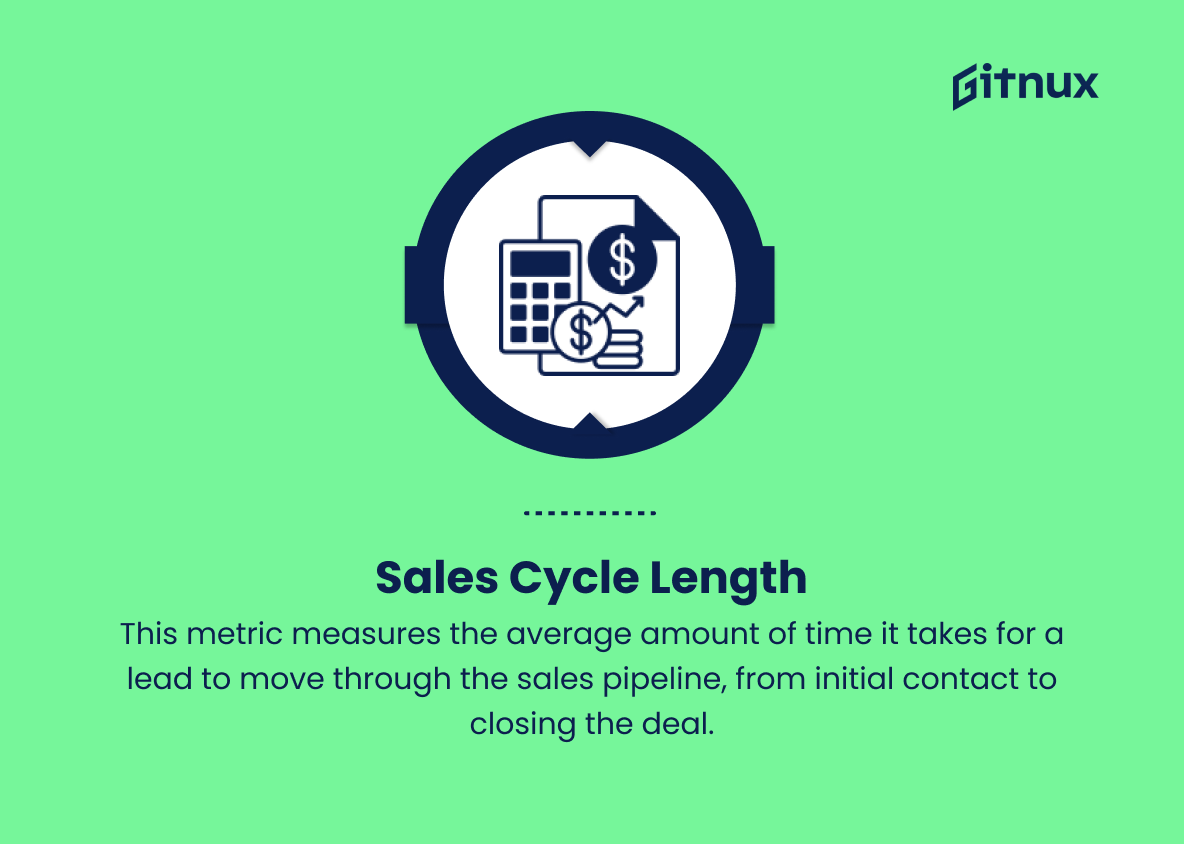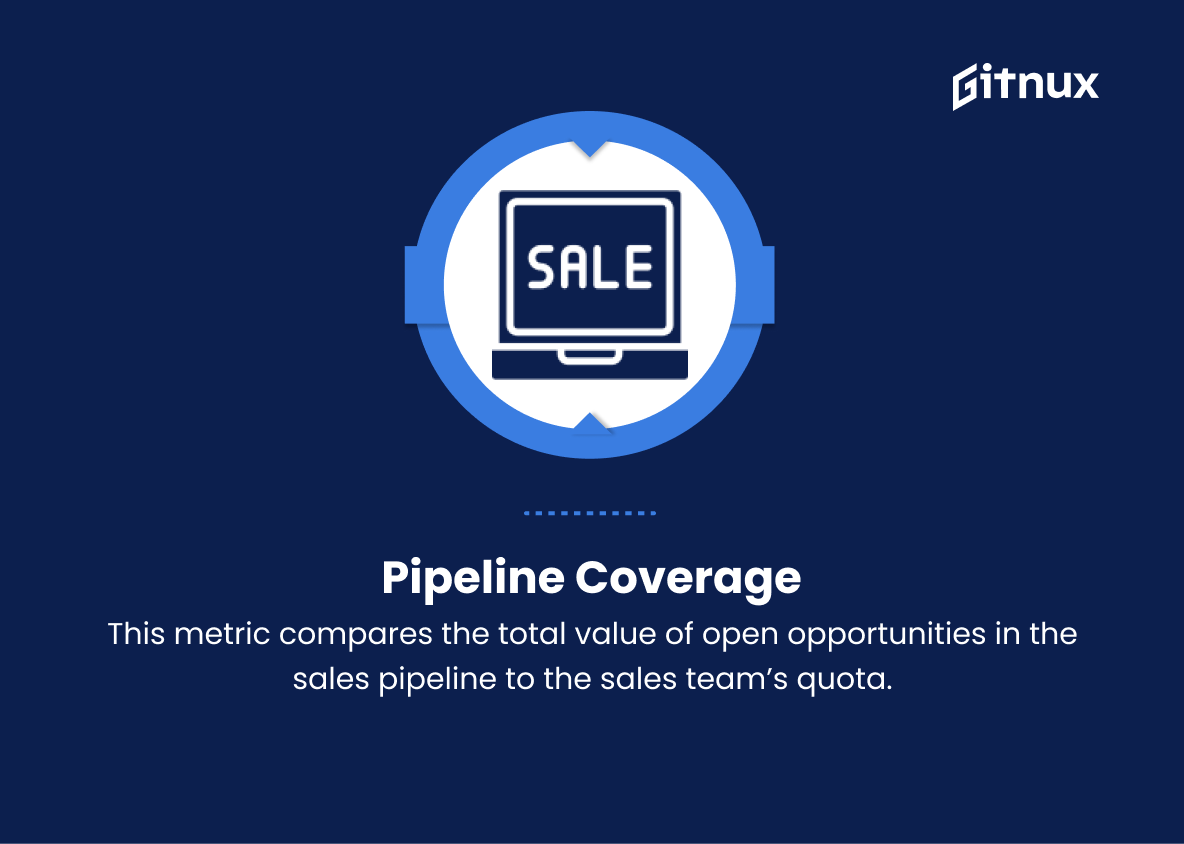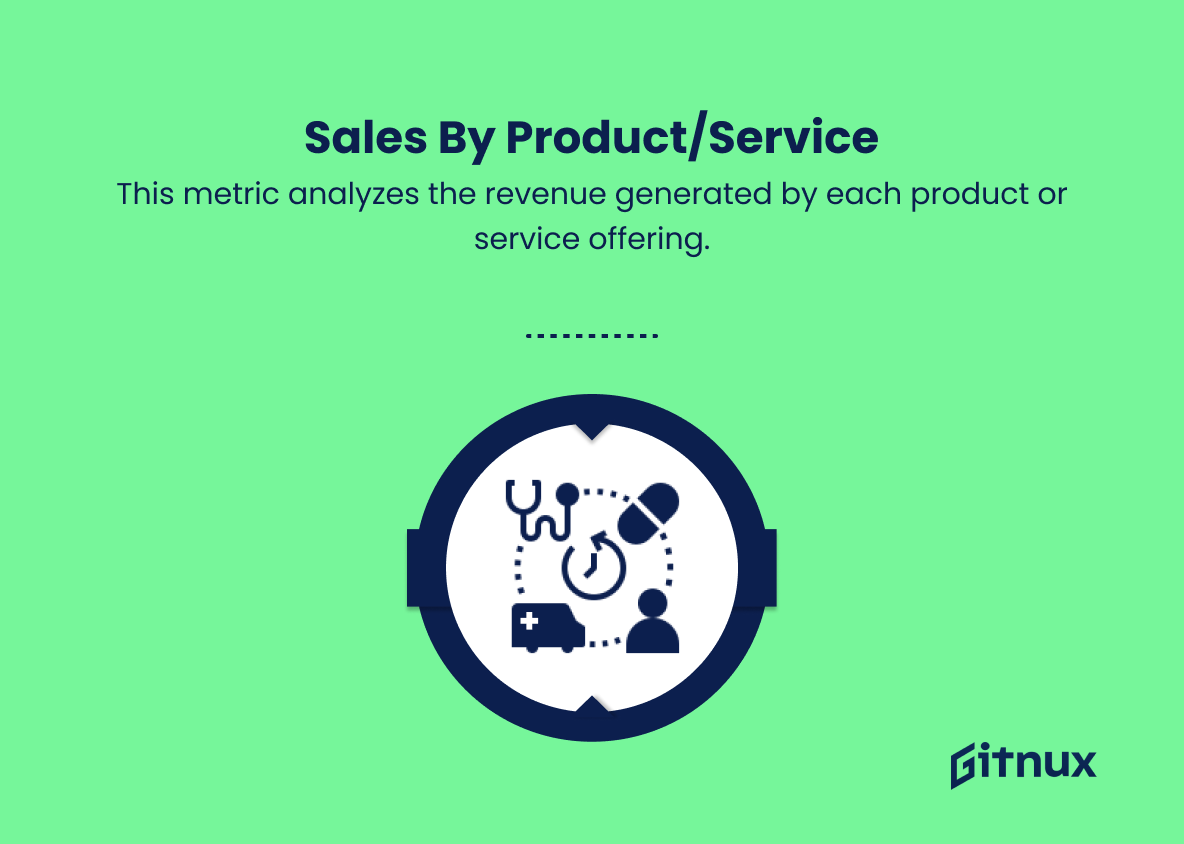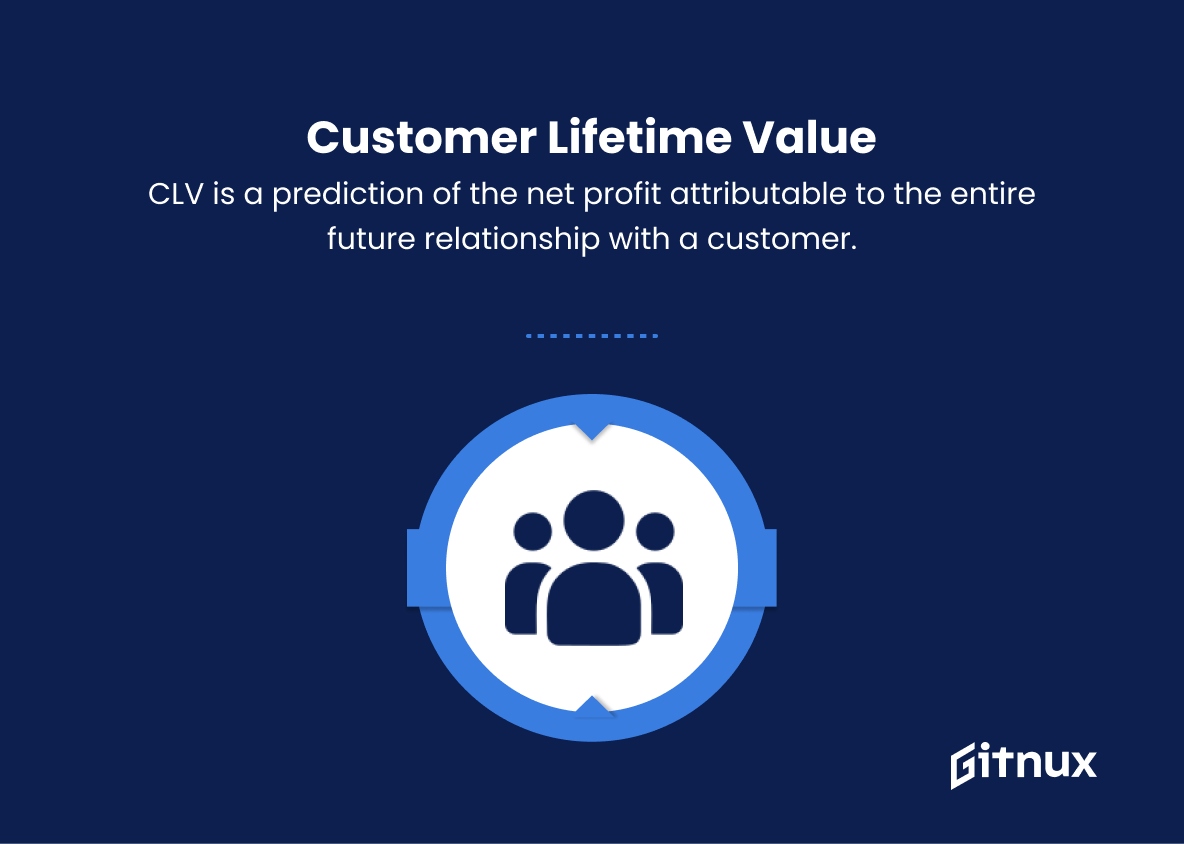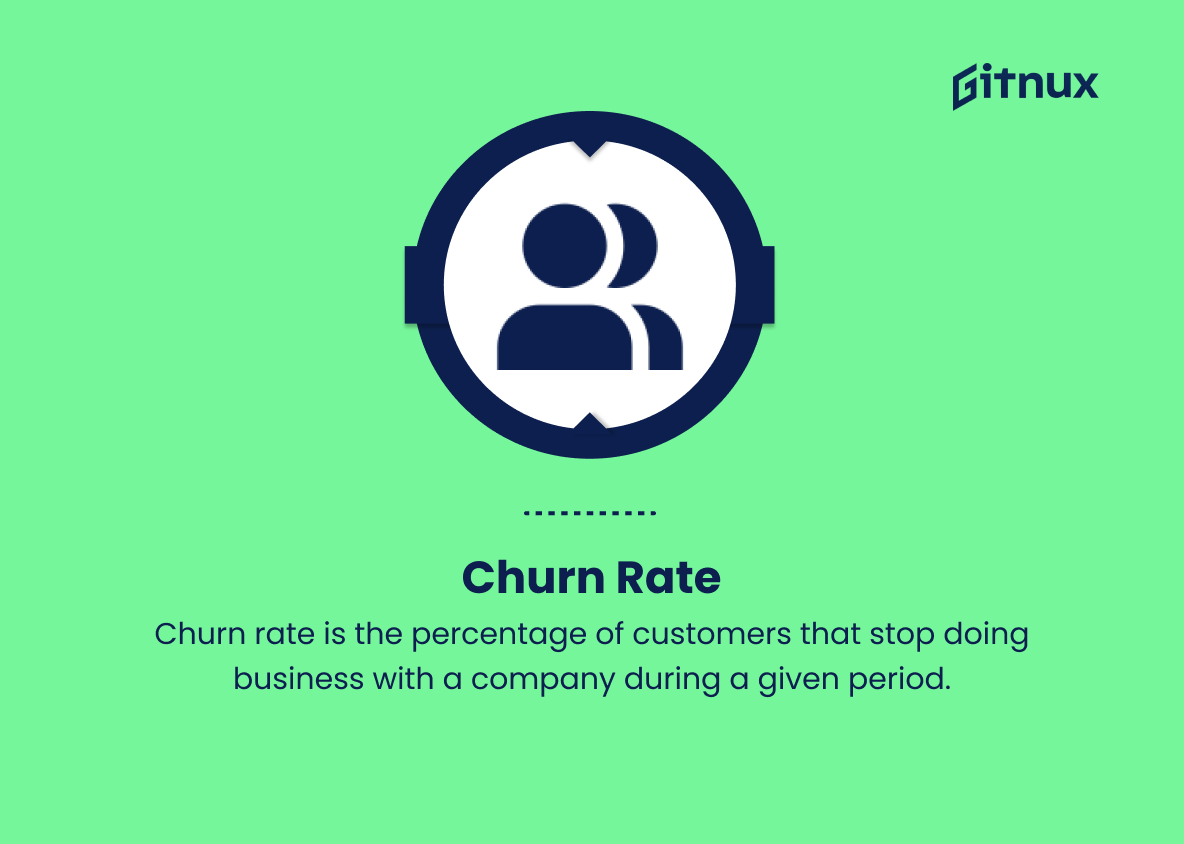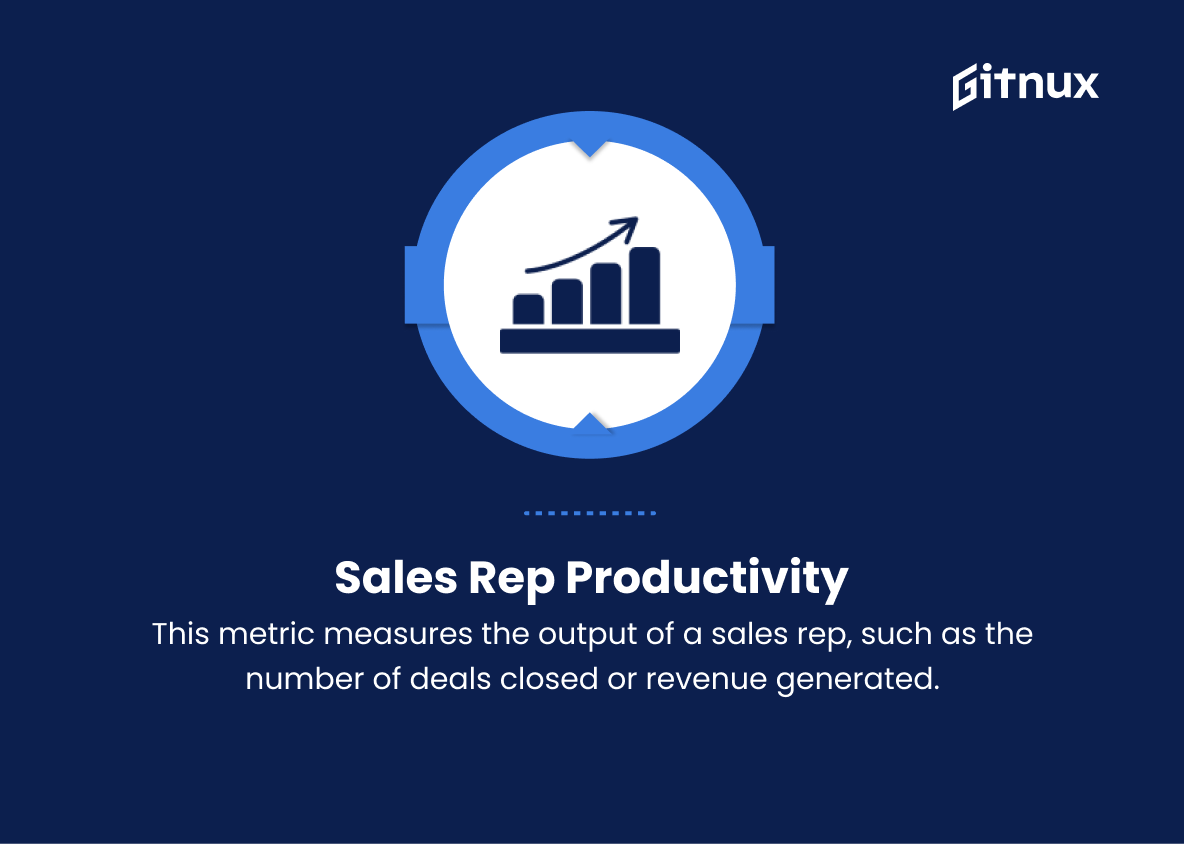In today’s highly competitive and ever-evolving business landscape, having a solid understanding of key Salesforce Sales Metrics is crucial for any organization striving to optimize their sales processes, drive meaningful growth, and maintain a healthy position in their respective markets. In this in-depth blog post, we will delve into the essential metrics that every Salesforce-driven organization should prioritize for successful sales performance analysis, sustainable growth strategies, and the continuous improvement of sales teams.
As we explore these sales metrics, you will gain valuable insights into their significance, how they can be effectively tracked within Salesforce, and the compelling results they can yield for your business, empowering you to make informed decisions and elevate your organization to new heights.
Salesforce Sales Metrics You Should Know
1. Lead Conversion Rate
This metric represents the percentage of leads that are converted into actual sales. It is used to measure the effectiveness of the sales team in turning leads into customers.
2. Sales Revenue
This is the total amount of money generated from the sale of products or services. It is a crucial metric for any sales organization, as it directly reflects the organization’s success.
3. Average Deal Size
This metric calculates the average value of all closed deals during a specific time period. It helps sales teams understand the potential value of their sales pipeline and identify trends in customer spending.
4. Win Rate
The win rate is the percentage of deals that a sales rep or team closes compared to the total number of opportunities in the pipeline. It helps assess the efficiency and effectiveness of the sales process.
5. Sales Cycle Length
This metric measures the average amount of time it takes for a lead to move through the sales pipeline, from initial contact to closing the deal. A shorter sales cycle generally means increased efficiency and higher revenue generation.
6. Quota Attainment
Quota attainment refers to the percentage of sales reps that meet or exceed their specified sales target. It is an indicator of the overall performance of the sales team.
7. Pipeline Coverage
This metric compares the total value of open opportunities in the sales pipeline to the sales team’s quota. It helps assess whether the team has enough potential deals in the pipeline to meet their targets.
8. Sales by Product/Service
This metric analyzes the revenue generated by each product or service offering. It can help companies identify their most popular or profitable products and focus on promoting them for increased sales.
9. Customer Acquisition Cost (CAC)
CAC is the total cost invested into acquiring a new customer. It includes marketing expenses, sales team salaries, and other associated costs. Lowering the CAC means boosting the return on investment for the sales team.
10. Customer Lifetime Value (CLV)
CLV is a prediction of the net profit attributable to the entire future relationship with a customer. It helps businesses assess how much they should be willing to spend on acquiring new customers and retaining existing ones.
11. Churn Rate
Churn rate is the percentage of customers that stop doing business with a company during a given period. Reducing churn rate is essential for improving the overall customer retention rate and maintaining a healthy revenue stream.
12. Upsell and Cross-sell Rates
These metrics measure the effectiveness of sales reps in selling additional products or services to existing customers. Upselling refers to selling a higher-tier, more expensive product, while cross-selling involves selling complementary products or services.
13. Sales rep productivity
This metric measures the output of a sales rep, such as the number of deals closed or revenue generated. It helps identify high-performing reps and areas for improvement in the sales process.
14. Sales Activity Metrics
These metrics track specific activities performed by the sales team, such as the number of calls made, emails sent, or meetings held. Monitoring sales activities can help identify best practices and areas for improvement.
Salesforce Sales Metrics Explained
Salesforce Sales Metrics play a vital role in assessing and improving the overall performance of a sales organization. Metrics like Lead Conversion Rate, Sales Revenue, and Average Deal Size provide insights into the effectiveness of the sales team and help identify trends in customer spending. Win Rate, Sales Cycle Length, and Quota Attainment measure the efficiency of the sales process, while Pipeline Coverage and Sales by Product/Service help gauge the potential for revenue generation.
Customer Acquisition Costs (CAC), Customer Lifetime Value (CLV), and Churn Rate all contribute to understanding customer relationships and profitability. Upsell and Cross-sell rates, along with Sales Rep Productivity, provide valuable data on individual rep performance and training opportunities. Finally, Sales Activity Metrics closely monitor the actions of the sales team, enabling improvements to best practices and overall productivity. Together, these diverse Salesforce Sales Metrics paint a comprehensive picture of a sales organization’s health and contribute to informed decision-making for continued growth and success.
Conclusion
In summary, Salesforce Sales Metrics play a crucial role in empowering a business to make data-driven decisions, optimize sales strategies, and improve overall performance. By analyzing key performance indicators such as lead conversion rate, sales cycle duration, close rate, and average deal size, a sales team can identify strengths and weaknesses, enabling them to continually refine their approach.
Ultimately, leveraging Salesforce Sales Metrics will lead to higher revenue, more satisfied customers, and a sustainable competitive edge in today’s fast-paced business landscape. Don’t underestimate the power of these metrics – harness them to propel your organization to new heights.
